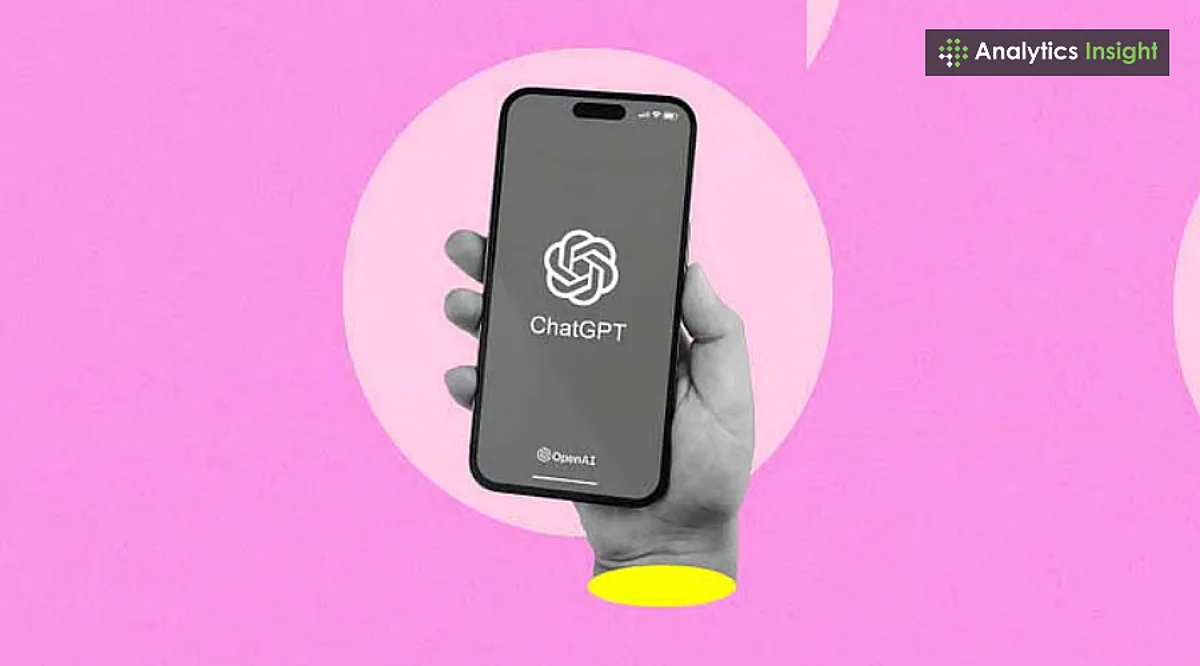ChatGPT, developed by OpenAI, has emerged as a versatile tool in the realm of artificial intelligence, enabling users to engage in natural conversations, generate content, and obtain information across various topics. This article serves as a detailed guide for beginners interested in harnessing the capabilities of ChatGPT effectively.
Getting Started with ChatGPT
Accessing ChatGPT is straightforward. Users can initiate their journey by visiting OpenAI’s website or downloading the mobile application. After signing up, the chatbot becomes immediately available for use. The platform requires no special software or technical expertise, making it accessible to a broad audience. Users can interact with ChatGPT through a simple chat box, where they can type inquiries and receive responses in real-time. Notably, an internet connection is necessary, as the AI operates in the cloud.
Once logged in, individuals can type any question or request directly into the chat. The chatbot is designed to understand natural language, allowing users to communicate in a conversational manner. This feature enhances the user experience, as it eliminates the need for specific commands or technical jargon.
Maximizing the Potential of ChatGPT
ChatGPT excels in assisting with a variety of tasks. It can answer questions on numerous subjects, aid in academic pursuits, help draft emails or reports, generate creative ideas, and clarify complex concepts. Many users have found it beneficial for tasks such as grammar checking, summarizing documents, providing recipes, and planning travel itineraries.
The quality of ChatGPT’s responses often hinges on the prompts provided. A well-structured prompt can significantly enhance the accuracy and relevance of the answers. For instance, instead of a vague request like “Tell me about animals,” a more specific prompt such as “List five facts about elephants” will yield a more precise response. Contextual information can further improve interactions; for example, indicating that a summary is needed for a school project can guide the AI toward a more tailored reply.
ChatGPT is also adept at supporting users in various scenarios including:
- Writing: From blogs to product descriptions and essays, ChatGPT can assist in generating quality written content.
- Studying: The tool simplifies complex ideas, solves mathematical problems, and summarizes educational material.
- Brainstorming: Users can leverage ChatGPT for creative ideas related to stories, business names, and social media content.
- Daily Tasks: It can help organize schedules, draft messages, or suggest meal plans and gift ideas.
As an AI tool, ChatGPT is particularly popular among content creators and students alike, who utilize it for drafting and summarizing purposes.
Understanding Limitations and Safety
Despite its many advantages, it is crucial to recognize ChatGPT’s limitations. While it can provide valuable information, the responses may occasionally be inaccurate. The AI has been known to deliver information confidently, even when incorrect. Therefore, users must verify facts, especially in sensitive areas such as health and science.
Additionally, ChatGPT does not retain information beyond the current session unless specific memory features are activated. This limitation means that it cannot recall previous conversations once the session ends. Furthermore, real-time web searches are not possible unless the current version of the tool includes that feature.
Privacy remains a significant concern when using AI tools like ChatGPT. Users are advised against sharing personal information, passwords, or any sensitive data during conversations. OpenAI retains chat logs for training purposes, emphasizing the importance of keeping interactions non-confidential to ensure user safety.
In conclusion, ChatGPT represents a user-friendly platform capable of assisting with writing, learning, and creative tasks. By engaging with the tool and applying effective prompting techniques, individuals can unlock its full potential. Whether the aim is to produce written content, acquire knowledge, or seek answers, ChatGPT stands as a valuable resource in the evolving landscape of artificial intelligence.
If you have further questions about ChatGPT, here are some quick answers:
Q1: What is ChatGPT used for?
A1: ChatGPT is employed for writing, learning, research, brainstorming, and answering questions in a conversational manner.
Q2: Is ChatGPT difficult to use for beginners?
A2: No, ChatGPT features a straightforward interface that requires no technical skills.
Q3: How can prompts be improved for better results in ChatGPT?
A3: Clear, detailed, and specific prompts generally lead to more accurate and helpful responses.
Q4: Can ChatGPT be used on mobile devices?
A4: Yes, ChatGPT is accessible via mobile applications and web browsers on smartphones and tablets.
Q5: Is it safe to share personal information with ChatGPT?
A5: No, users should avoid sharing sensitive or personal data during chats with ChatGPT.



































































